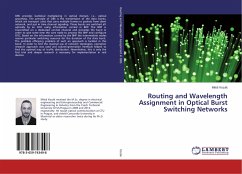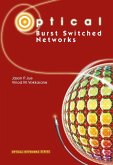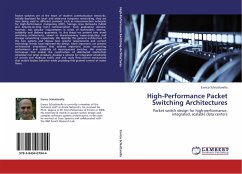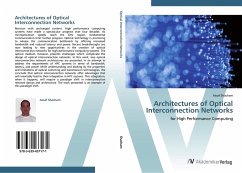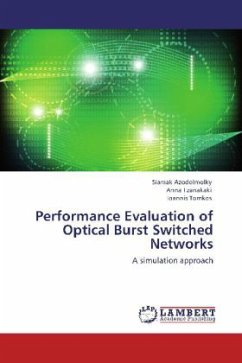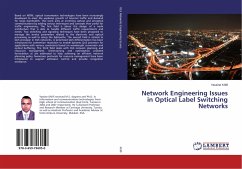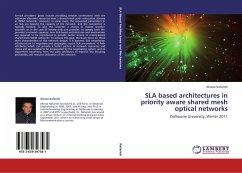Optical Burst Switched (OBS) networks are envisaged as a promising solution, capable of fast and versatile transport of data packets using optical network infrastructures. These infrastructures consist of a series of nodes that are interconnected with optical fibres in which packets are transported being these nodes responsible for the switching of the packets. Using WDM technology, an OBS network uses n-1 channels of the n available channels, to transport data in a transparent manner in an optical network, while it uses one reserved channel as control channel to transport the control packets that contain routing and switching information in a non- transparent manner, i.e., the packets that traverse the network in this reserved channel are electronically interpreted in each node, to allow for node configuration and resource reservation. This work describes approaches to the implementation of viable Optical Burst Switching Network architectures, compliant with the IPv4 / IPv6 protocols.


